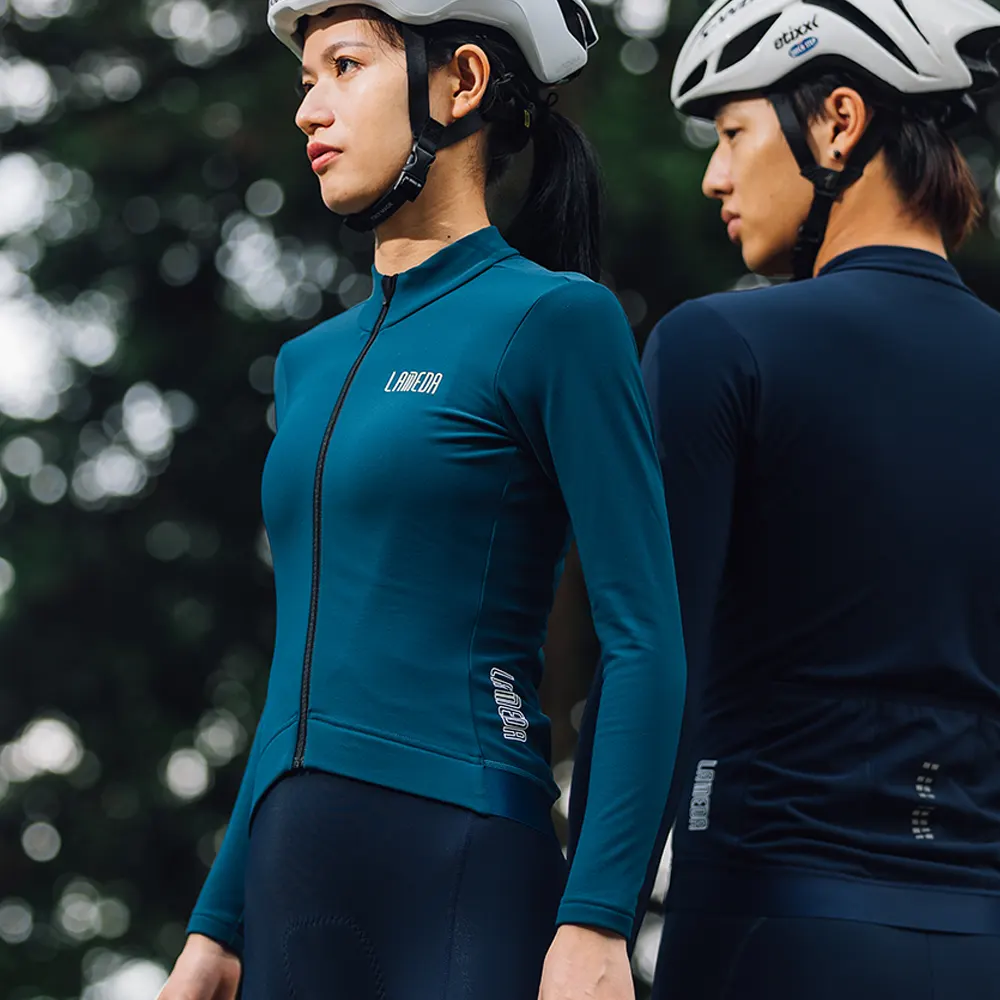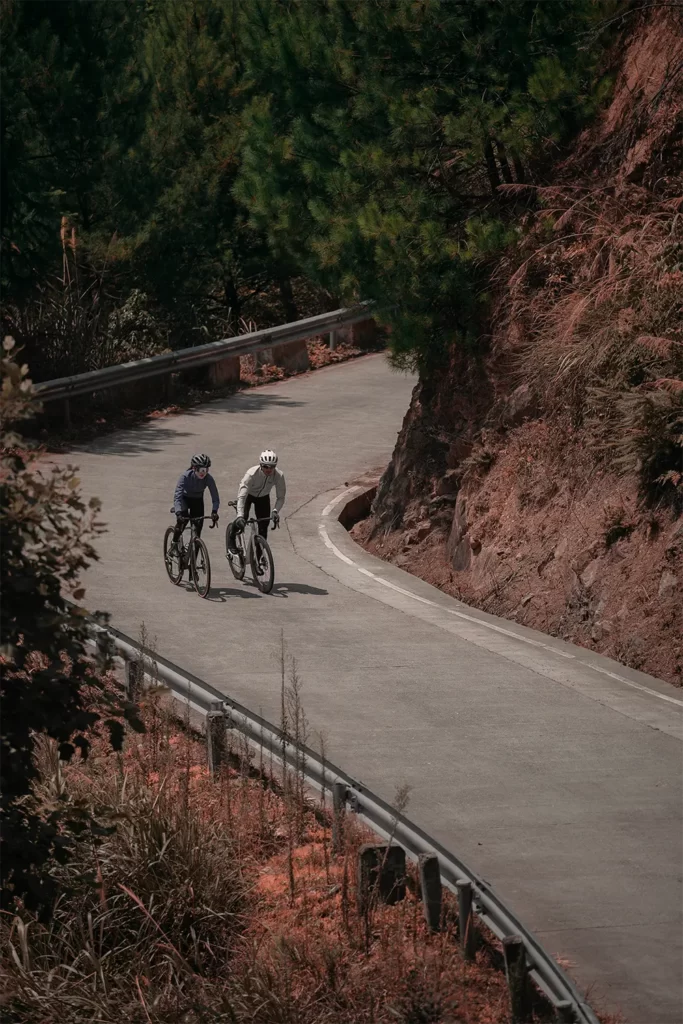Cycling during the winter can be challenging but also very rewarding. With proper preparation and the right gear, winter cycling can be safe, comfortable and fun. Here are some tips for enjoying cycling throughout the cold winter months:
Get the Right Bike
Having the right bike for winter cycling makes a huge difference. You’ll want wider tires with more traction to help with snow and ice. Knobby mountain bike tires work well. You’ll also want disc brakes for better stopping power in wet conditions. Make sure to keep your bike clean, lubricated and maintained. Frequently check your brakes, gears and tires.
Dress in Layers
Layering clothing is key for winter cycling. Start with a base layer made of merino wool or synthetic fabric to wick sweat away from your skin. Avoid cotton which will get wet and make you cold. On top, wear insulating layers like fleece or down and a high-vis outer shell to block wind and rain. Bring extra layers to add or remove as needed. Cover your extremities with warm socks, gloves, a balaclava and ear covers.

See and Be Seen
Visibility is crucial for safe winter cycling. Wear bright and reflective clothing so cars and other cyclists can see you. Use flashing front and rear lights, even during the day. In low light, avoid tinted eyewear so your eyes don’t strain. Clear glasses or goggles help protect from wind and snow. Consider a helmet mounted mirror so you can easily check behind you.

Ride Cautiously
Snow, ice and winter storms dramatically increase the hazards for cycling. Ride slower and increase following distance. Avoid sudden braking or turning which can cause skids. Scan ahead for potholes, debris and other road hazards. Be extra cautious at intersections. If conditions seem unsafe, don’t ride. Pay attention to weather forecasts so you aren’t caught riding in a winter storm.
Watch for Road Conditions
Snow, ice and wet leaves accumulate on the road and bike paths during winter. These slippery conditions make it harder to control your bike. Slow down and avoid sudden movements. Scan the road surface far ahead so you can react in time. Follow tire tracks if available for better traction. Use lower gears to prevent wheel slip. If conditions are too hazardous, walk your bike until you reach safer road conditions.

Plan Your Route
Carefully planning your winter cycling route can make your ride safer and more enjoyable. Avoid busy high speed roads which are more dangerous in winter weather. Opt for side streets with slower traffic or bike paths separated from cars. Check route elevation since hills become much harder in snow and ice. Plan routes with bailout points where you can safely end your ride if needed.
Bring Emergency Supplies
Even short winter rides require some emergency preparation. Carry a charged cell phone so you can call for help if needed. Pack a basic repair kit, tire levers and a spare tube. Bring some cash, an ID and credit card in case you need to take transit or a cab home. Keep hydrated and fueled with insulated water bottles and on-bike snacks. A small first aid kit, hand warmers and spare layers are also smart additions.
Maintain Your Bike
Prevent mechanical problems by keeping your bike well maintained for winter riding. Clean it regularly to prevent salt, grime and grit from wearing down components. Lubricate the chain and cables to prevent freezing and corrosion. Check tire pressure before each ride since colder air causes pressure to drop. Do a safety check on brakes, wheels, bolts and the drivetrain. If anything seems worn out, replace it before it fails.
Find Safer Options
If road conditions seem too risky, look for lower stress winter cycling options. Many towns plow designated bike paths so they remain rideable after snowstorms. Indoor trainer workouts let you pedal safely at home. Spin classes at the gym are another good alternative. Consider snow bike sports like fat biking which can be exhilarating. Or just take a break during the worst winter weather.

Embrace Winter Cycling
The right mindset goes a long way for being comfortable and enjoying winter cycling. Embrace the challenge and feeling of accomplishment from riding through snow and cold temps. Go at a relaxed pace. Dress warmly and be ready to shed layers. Take your time and focus on smooth pedaling technique. Celebrate the stunning beauty and tranquility of winter landscapes. Use inspiring rides to stay motivated until warmer weather returns.
With the proper preparation and precautions, winter doesn’t have to put an end to your cycling enjoyment. Use these tips to stay safe, comfortable and confident when cycling throughout the winter. Adjust your technique, gear and mindset to embrace the unique challenges and rewards of riding in cold weather and snowy conditions.

